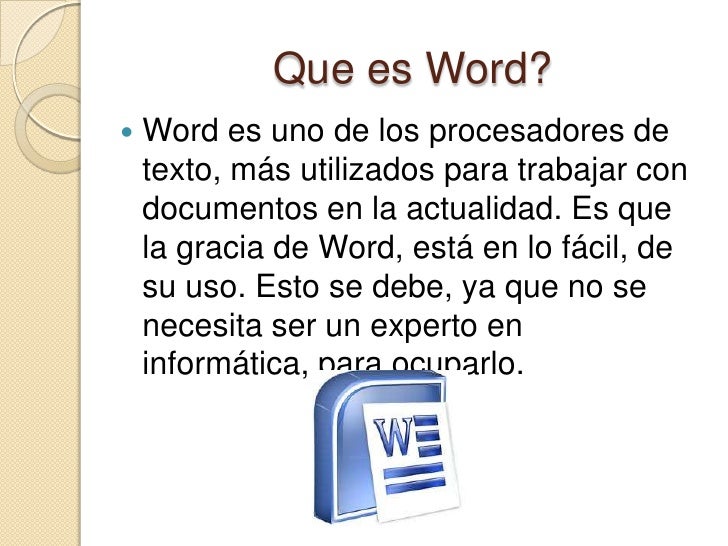Microsoft Word Macros Mac
Mar 05, 2020 Word macros: Four examples to automate your documents Use these step-by-instructions to turn complex procedures into one-click wonders. Jan 31, 2018 The Windows version of Microsoft Office has always been the gold standard for office suites, as far as features are concerned. Office exists on other platforms too, like the Mac—but those versions are missing some products and features. RELATED: What's the Difference Between Microsoft Office's Desktop, Web, and Mobile Apps? Office for Mac.; 2 minutes to read; In this article. Use VBA add-ins and macros that you developed for Office for Windows with Office for Mac. Applies to: Excel for Mac PowerPoint for Mac Word for Mac Office 2016 for Mac. If you are authoring Macros for Office for Mac, you can use most of the same objects that are available in.
Microsoft Word has many shortcut keys that allow you to accessfunctions quickly. Some shortcuts are built into the program, but youcan also assign shortcuts to macros you create. Once you have createda macro, follow the appropriate steps to assign a shortcut to it:
Microsoft Word Macros Assign To Keyboard
At this point, I cannot even start with a blank normal.dotm file and recreate macros, so the problem is somewhere else in Word. I do not know how I got into 'break mode' or how to get out. Just now another error, perhaps unrelated: Word cannot write to file Word Work file D729695713.tmp; I have removed Add-Ins. Macro warning is ON. Microsoft released its Office suite for Mac in 2008, which was without macro feature that disappointed a lot of users. However, this change made Mac devices immune to Macro malware. As a result, most users preferred Mac over Windows computers for the sake of security. Sep 14, 2017 How to Create and Use Macros in Microsoft Word By Simon Batt – Posted on Sep 14, 2017 Sep 13, 2017 in Software Hacks When using Microsoft Word, you may feel the need to repeat a specific action multiple times. To Test the Macro: in the VBE, click on the W button or use WordClose And Return To Microsoft Word to go back to Word. Go to ToolsMacroMacros, select the macro name in the list, and click Run. If you expect to run the macro regularly, you can assign it to a keyboard shortcut, toolbar, or menu. See Useful Articles for explanations on how to do so.
Microsoft Word 2007

- Click the Microsoft Office Button, and then click Word Options.
- Click Popular. Under 'Top options for working with Word',check Show Developer tab in the Ribbon. Click OK.
- On the Developer tab, click Record Macro.
- In the
Record Macrowindow, under 'Macro name:', typea name for the macro.Note: To view a list of built-in macros, on theDeveloper tab, click Macros. Next to 'Macros in:', fromthe drop-down list, select Word Commands.
- From the drop-down list under 'Store macro in:', select thetemplate or document in which you want to store the macro.
- Under 'Description:', type a description of the macro. Do one ofthe following:
- To begin recording the macro without assigning it to a button onthe Quick Access Toolbar or to a shortcut key, click OK.
- To assign the macro to the Quick Access Toolbar:
- Click Button.
- From the drop-down list under 'Customize Quick Access Toolbar:',select the document (or all documents) for which you want to add themacro to the Quick Access Toolbar.
- From the box on the left, click the macro that you arerecording, and then click Add.
- Click OK to begin recording the macro.
- To assign the macro to a keyboard shortcut:
- Click Keyboard.
- Under 'Commands:', click the macro that you are recording.
- Under 'Press new shortcut key:', type the key sequence that youwant, and then click Assign.
- Click Close to begin recording the macro.
- Perform the actions that you want to include in the macro.
- To stop recording your actions, in the Developer tab,click Stop Recording.
Earlier versions of Microsoft Word
Microsoft Word Macros Vba
Create Macros In Microsoft Word
- From the Tools menu, selectCustomize...
- In the window that opens, click Keyboard...
Note: In Word 2000, first click the Optionstab, and then the Keyboard.. button.
- Under 'Categories:', click Macros. This will show a listof existing macros.
- Click the macro for which you'd like to assign a shortcut.
- Place your cursor in the 'Press new shortcut key:' box, and thenassign a key combination for the selected macro by pressing thedesired key combination. You must use a combination of
CtrlorAlt(CtrlorCmdin Mac OS) and a letter,number, or symbol (e.g.,Ctrl-aorCtrl-u). - When you are satisfied with your shortcut, clickAssign.
Note: If another function or macro is assignedto the combination you entered, you will see its name in the listunder 'Currently Assigned To:'. If there is nothing currentlyassigned to the combination, the message will read '[unassigned]'. Besure to pick a combination that's unassigned, or you couldunintentionally remove important combinations from Word.
Jan 25, 2019 Unlock the full Microsoft Office experience with a qualifying Office 365 subscription for your phone, tablet, PC, and Mac. Office 365 annual subscriptions purchased from the app will be charged to your App Store account and will automatically renew within 24 hours prior to the end of the current subscription period. Microsoft powerpoint for mac. Microsoft PowerPoint for Mac 2020 full offline installer setup for Mac Microsoft PowerPoint for Mac is primed for use on tablets and phones, so you can swipe and tap your way through presentations. There are many features which make the new PowerPoint attractive.
- To save the macro to your normal template or to a specificdocument, under 'Save changes in:', select the appropriate option.